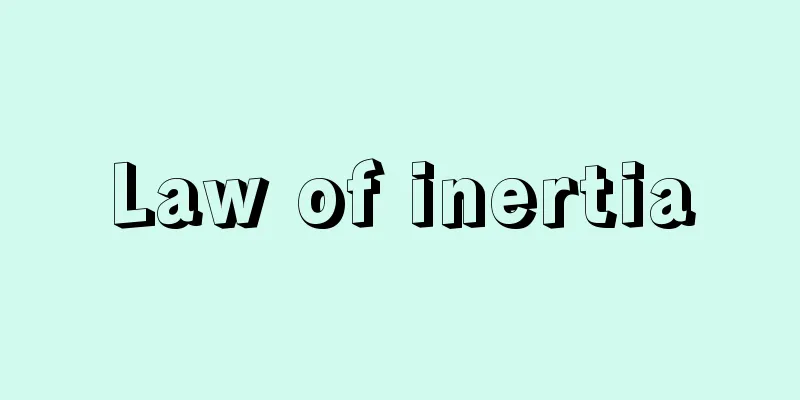Wagner Act

|
A law enacted in the United States in 1935 to protect labor unions. Its official name is the National Labor Relations Act, and it is commonly known as the Act's proposer, Robert Ferdinand Wagner (1877-1953). This law was enacted as an important part of the New Deal policy to get the country out of the recession that began with the Great Depression of 1929. Its predecessor was the National Industrial Recovery Act (NIRA), which was deemed unconstitutional by the U.S. Supreme Court. The legislative purpose of the Wagner Act was to restore equality of bargaining power between labor and management and promote the free flow of commerce by protecting and promoting the right of labor to organize and bargain collectively, based on the recognition that (1) the denial of the right of employers to organize and refusal to negotiate collectively leads to labor disputes and impedes the free flow of commerce, and (2) the inequality of bargaining power between labor and management reduces workers' wages and purchasing power, impedes the stability of competitive wage rates and working conditions in industry, thereby putting a strain on the flow of commerce and making cycles of recession more frequent. To achieve this purpose, the Act prohibited employers' actions that violated the right of labor to organize and bargain collectively as unfair labor practices, and created the National Labor Relations Board (NLRB) to determine the proper unit and negotiating representative for collective bargaining, as well as to carry out procedures for preventing and remedying unfair labor practices. The enactment of the Wagner Act led to a dramatic development of union activity, but the Taft-Hartley Act, enacted after World War II, significantly amended the Wagner Act. The content of Japan's Labor Union Law is strongly influenced by this law. [Hiroshi Terada] [References] | |Source: Shogakukan Encyclopedia Nipponica About Encyclopedia Nipponica Information | Legend |
|
1935年に制定されたアメリカの労働組合保護法。正式名称は全国労働関係法National Labor Relations Actといい、通称は法律の提案者ワグナーRobert Ferdinand Wagner(1877―1953)の名をとっている。この法律は、1929年の大恐慌に始まる不況から脱却するためのニューディール政策の重要な一環として制定された。その前身は、連邦最高裁判所により違憲とされた全国産業復興法(NIRA(ニラ))である。 ワグナー法の立法趣旨は、(1)使用者の団結権否認、団交拒否は労働争議を引き起こし、商業の自由な流通を阻害し、(2)労使の交渉力の不平等は、労働者の賃金と購買力を引き下げ、産業における競争的賃金率と労働条件の安定を阻害することで商業の流通を圧迫し、不況の循環を頻繁にする、という認識に基づき、労働者の団結権・団体交渉権を保護助長することにより労使間の交渉力の平等を回復し、商業の自由な流通を促進しようとするものであった。この目的を達成するために、同法は、労働者の団結権・団体交渉権を侵害する使用者の行為を不当労働行為として禁止し、全国労働関係局(NLRB)を創設して、団体交渉の適正単位、交渉代表の決定のほか不当労働行為の防止と救済の手続を行わせた。ワグナー法の制定により組合運動は飛躍的に発展するが、第二次世界大戦後制定されたタフト‐ハートレー法によりワグナー法は大幅に修正された。日本の労働組合法の内容はこの法律の影響を強く受けている。 [寺田 博] [参照項目] | |出典 小学館 日本大百科全書(ニッポニカ)日本大百科全書(ニッポニカ)について 情報 | 凡例 |
Recommend
Ekiti
...They are an agricultural people whose main cro...
Joint Debt Purchasing Organization - Kyodosaikenkaitorikiko
A joint stock company that purchases real estate s...
Arkas
…Thus, although Artemis was eventually added to t...
Friedrich Wilhelm I
1688‐1740 King of Prussia. Reigned 1713-40. Father...
Rogers, R.
...The street performers in the square in front o...
Zygaenidae
…General term for insects of the Zygaenidae famil...
Treron
...On the other hand, some species were once abun...
consistency
…On the other hand, if a system of axioms were to...
ILO Convention No. 89 - ILO Convention No. 89
…(See the sections on Child Labor and Minor Labor...
position light
…They are broadly divided into those intended to ...
National medical care expenditure
The Ministry of Health, Labor and Welfare estimat...
Listener - Listener
〘 noun 〙① The role of listening to what others hav...
Orienteering - orienteering
It is a sport in which participants must find and...
North German Plain - Kitadaitsu Heigen
…Austria Switzerland [Nature] [Topography, Geolog...
Ottoman
〘 noun 〙 (ottoman, from "Ottoman Empire,"...









